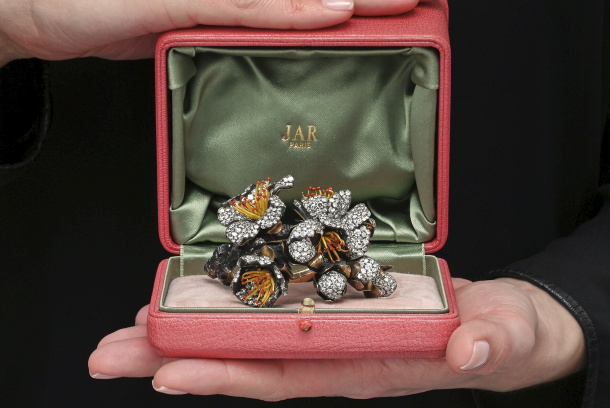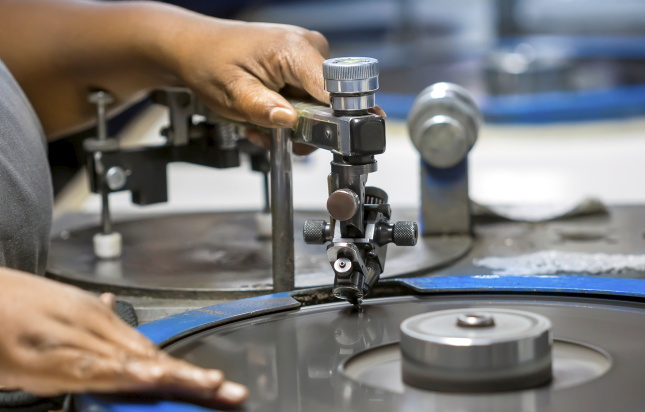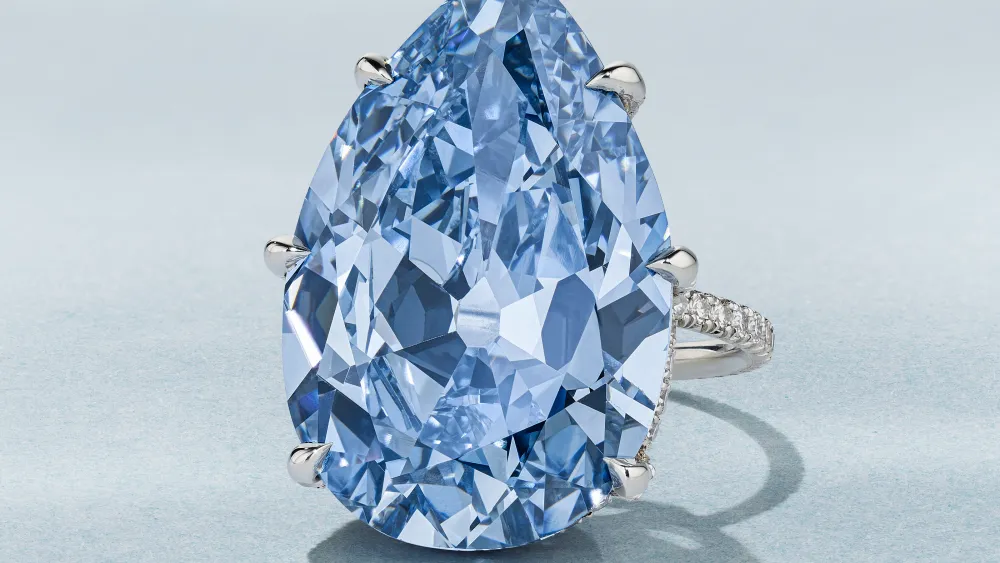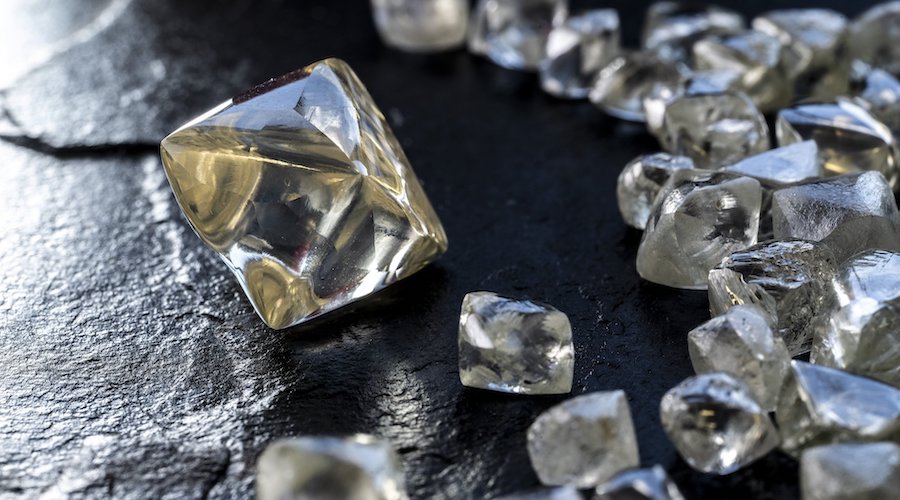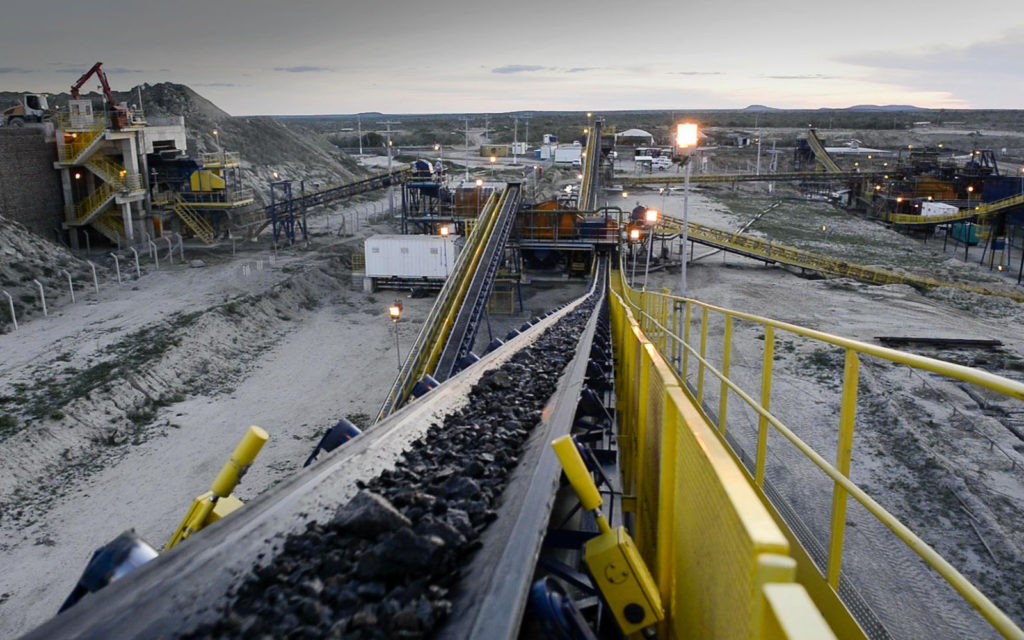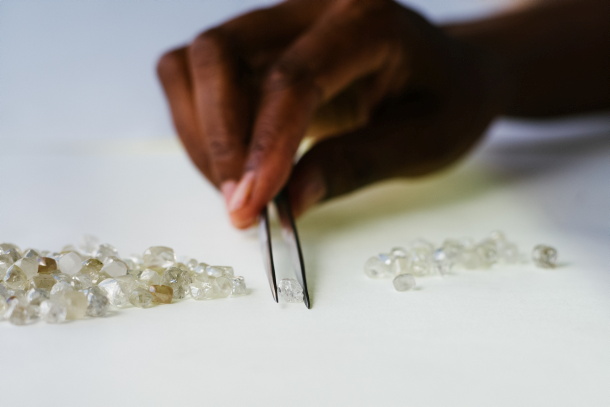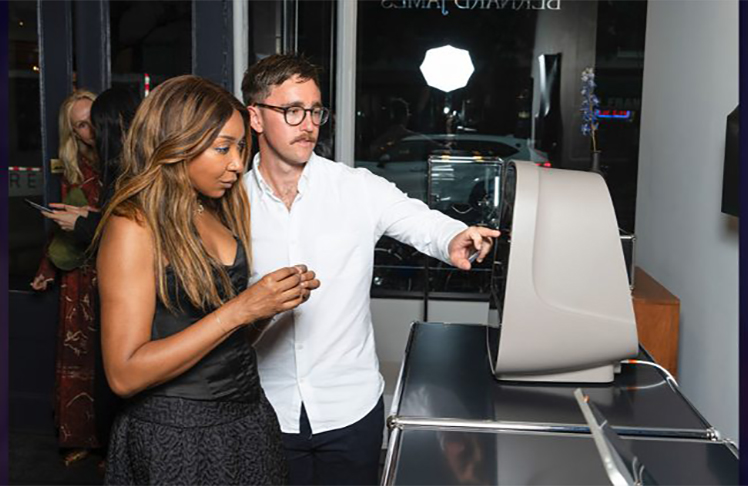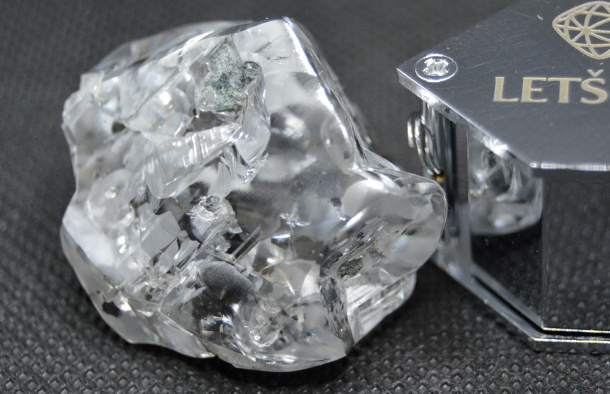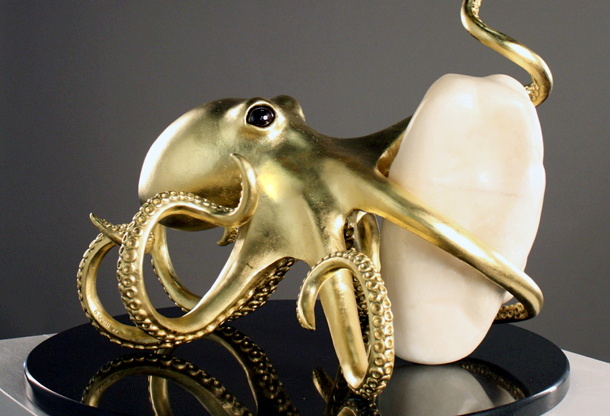
Botswana’s former president Mokgweetsi Masisi has accused De Beers of funding the party that ousted him from power last November – because he was taking too tough a stance on the critical 10-year diamond deal.
He claims the mining company actively supported the Umbrella for Democratic Change (UDC) which ended 58 years of uninterrupted rule by the Botswana Democratic Party (BDP).
Masisi (pictured) also claims De Beers tried to influence internal politics within the BDP to appoint a more favourable leader and that it deliberately stalled on the signing of a full diamond sales agreement because of tax disputes.
De Beers and the Botswana government agreed the principles of a sales agreement, mining licenses and a package of measures to boost the country’s economy under Masisi, but the deal remained unsigned during his tenure.
It was finally inked three months after he was replaced as president by Duma Boko.
De Beers and the UDC have categorically rejected Masisi’s claims. De Beers said: “We do not provide financial or other support for political purposes to any politician, political party or related organisation, or to any official of a political party or candidate for political office, in any circumstances, either directly or through third parties.”
A UDC spokesperson dismissed Masisi’s claims as outlandish, and challenged him to provide evidence.
Source: IDEX
